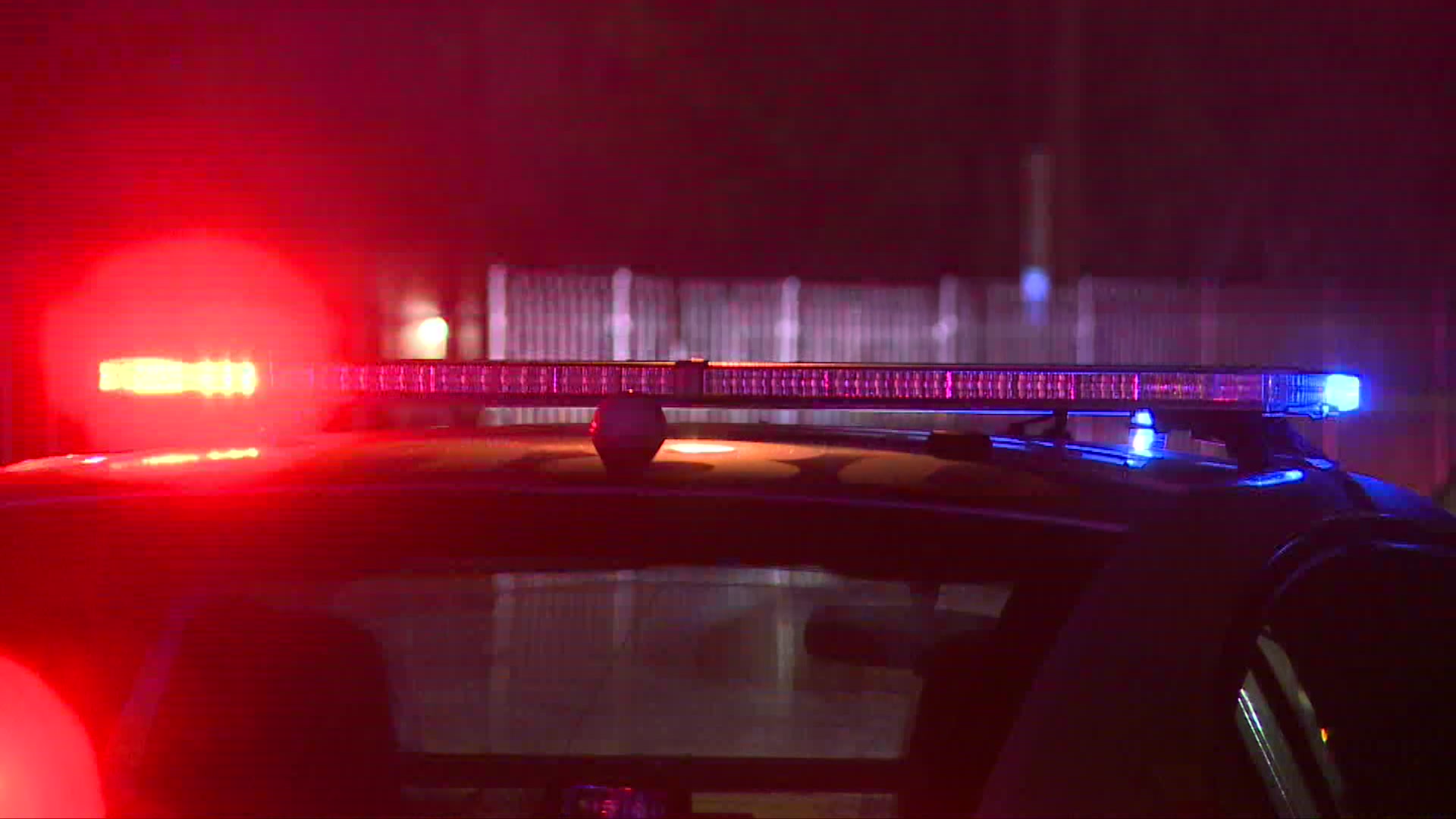Growing up in the San Francisco Bay Area, Matt Montague knew that what his dad did for a living was dangerous.
After all, his father was a San Francisco firefighter.
Montague’s father developed cancer shortly after his retirement. Proudly following in his dad’s footsteps, Montague also became a firefighter, now serving in suburban Naperville.
And like his dad, Matt got cancer too.
“Almost five years ago now, I was diagnosed with acute leukemia,” he says. “I was working here.”
Montague is firmly convinced that his family’s chosen profession led to both cancers. And the evidence is overwhelming that he’s right.
“The petroleum based products, a lot of plastics, when they burn, they emit a toxic soup,” says Naperville’s deputy chief Andrew Dina. “And it’s a toxic soup full of carcinogens.”
Local
Dina, the Illinois representative of the Firefighter Cancer Support Network, speaks from personal knowledge. He got cancer too, when he was just 46 years old.
“We fight fire in teams, we go on ambulance calls in teams,” he says. “We’re going to fight cancer in teams---we’re not going to let any firefighter fight cancer alone.”
The studies are overwhelming. Alarming rates for a variety of cancers, from brain and bladder cancer, to testicular and thyroid cancer, non-Hodgkins lymphoma, multiple myeloma, and breast cancer.
The International Association of Firefighters says that a shocking 60% of members memorialized on its fallen firefighters memorial wall, died of cancer.
“Two to three times more likely for our firefighters to get cancer than the general population at large,” says Tim Walsh, the chief of safety for the Chicago Fire Department. “And six times more likely for female firefighters to get breast cancer.”
That “toxic soup” in which firefighters do their work, has become the centerpiece of intensive research. Multiple studies by Underwriters Laboratories and the National Institute of Occupational Safety and Health have focused on what’s in the smoke from burning building materials, and the soot which firefighters often wear back to the firehouse on their skin and clothing.
“Smoke is made of a whole lot of different things,” says Dr. Gavin Horn, of the Fire Service Institute at the University of Illinois, where much of that research is being done. “And the smoke depends a whole lot on what’s burning.”
Go back 100 years, and far too many firefighters were killed by fire or building collapse. But back then, the smoke mostly consisted of burning wood, or cotton and wool fabrics from upholstery. Today, firefighters have better safety equipment and better training to hopefully avoid the greatest dangers of the fire itself. But what’s burning in the buildings is heavily made up of plastics and petroleum based products which often give off extremely toxic byproducts.
“Some of these chemicals are known carcinogens,” Horn says. “Firefighters, even when they wear all the gear, everything that is provided for them, there is a potential for exposure and for some of these chemicals to get into the body.”
And it isn’t just buildings.
“Some of the most toxic burning materials are in an automobile fire,” says Chicago’s Deputy Fire Commissioner Don Hroma. “With all of the plastics, and air shocks, and steering columns that are filled with different types of magnesium and just a bunch of chemicals, all in a small box.”
Flame retardants for upholstery and carpeting have long been an area of concern---and ironic concern at that. Designed to make fabrics more fire-resistant, researchers have learned some of those chemicals give off extremely toxic gases when burned. And all of that can end up in the soot which covers firefighters when they leave a burning building.
“We find a significant concentration on the gear,” Horn says. “And that gear can go back into the apparatus or the station if it’s not properly cleaned.”
That leads to two of the biggest concerns: breathing toxic smoke, and soot which can be absorbed through the skin. And that means not only new practices, but a new culture in firefighting. After all, that soot has traditionally been proof that a firefighter did his job.
“Guys liked that, their dirty coats, their dirty helmets,” says Hroma. “They used to show pictures with dirty firefighters, that’s all changed. That culture’s gone away. Now we’re preaching clean.”
Hroma says the fire community has an eye to manufacturers of their personal protective equipment, or PPE’s. They are aware, he says, of the increased focus.
“They’re actually buying into it,” he says. “They understand it, and hopefully there will be some changes in our equipment, which will protect us even more.”
Now, the two biggest changes are for firefighters to keep their air masks on well thru teardown at the fire scene, and to wipe soot off their hands, faces, and necks, as soon as possible.
“Being dirty on the fire ground was a badge of honor,” Hroma says. “Guys are still going to get dirty in the fire---we just have to get them cleaned up as soon as possible.”
Naperville is among area departments that have taken major precautions. Every firefighter at the community’s ten firehouses is now given two sets of gear---so that one can be washed if they catch a fire early in their shift. Gear washers are now at every firehouse, and signs are posted cautioning firefighters about areas where soiled fireclothes are not permitted.
“We want to keep the carcinogens out of the living quarters,” says Dina, the Naperville deputy chief. “The number one thing you can do is to prevent.”
While the cultural change is significant, experts say the evidence of cancer danger in the fire ranks is so overwhelming, that precautions have not been a difficult sell.
“We have to change the way we do our work,” says Chicago’s Walsh. “We have to change what we do, so that you can survive, and go home to your family.”



